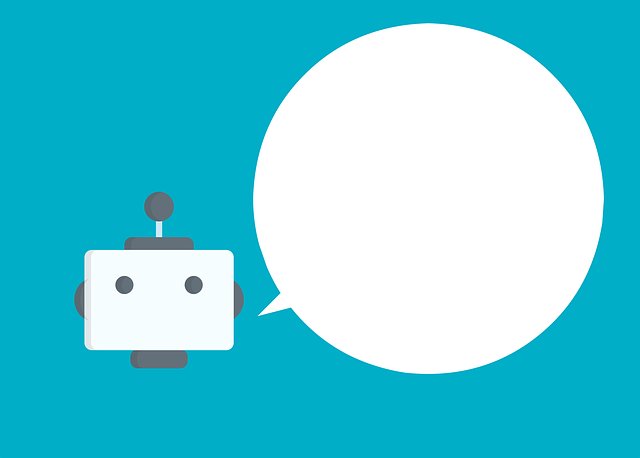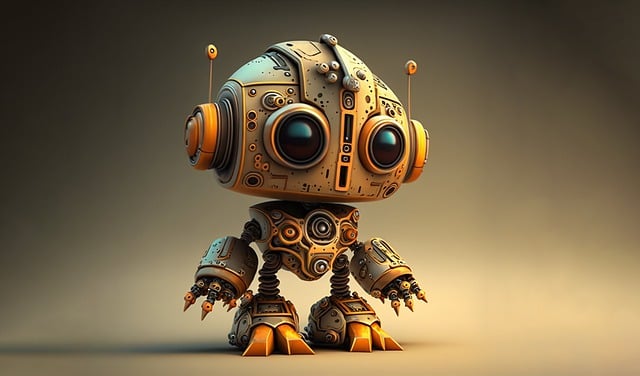Developing a scripted AI chatbot involves a combination of programming skills, particularly with languages like Python, and natural language processing (NLP) techniques to interpret user input. Key NLP tools include NLTK or spaCy, which facilitate text understanding through tokenization, parts of speech tagging, and intent recognition. The core of the chatbot is its dialogue manager, which maps out conversation flows and state transitions, while the NLU component works behind the scenes to parse user messages. To enhance functionality, developers can integrate APIs for additional data or service connectivity. Chatbot frameworks like Microsoft Bot Framework or Botpress offer visual tools to design conversation trees and manage states efficiently. These chatbots are initially rule-based but can evolve with machine learning integration for more personalized interactions based on user feedback and history. Regular testing and iterative improvements are crucial to keep the chatbot relevant and effective, ensuring it remains a user-centric and engaging AI tool in an ever-evolving digital landscape.
Embarking on the creation of a scripted AI chatbot can be both an exciting and complex endeavor. This article serves as a comprehensive guide, illuminating the essentials of constructing a chatbot that engages users with tailored conversations. We delve into the foundational components and frameworks that form the backbone of any effective chatbot, offering clarity on what it takes to build one from scratch. Moving beyond theory, we provide practical, step-by-step instructions for technical implementation, ensuring your chatbot navigates conversational paths with finesse. Whether you’re a beginner or an experienced developer, this guide will equip you with the knowledge to craft a responsive and useful AI companion, enhancing user experience across various platforms.
- Foundations of Scripted AI Chatbots: Understanding the Components and Frameworks
- Crafting Conversational Paths: Designing Effective Dialogues for Your Chatbot
- Technical Implementation: Building Your Scripted AI Chatbot with Step-by-Step Guides
Foundations of Scripted AI Chatbots: Understanding the Components and Frameworks

Building a scripted AI chatbot involves a combination of programming and natural language processing (NLP) to create conversational agents capable of interacting with users in a human-like manner. At its core, a scripted chatbot operates on predefined rules and responses, making it an ideal starting point for those new to the field of AI and chatbot development. The foundational components of such a chatbot include a dialogue manager, which handles the flow of conversation by determining how the chatbot responds based on user input; a natural language understanding (NLU) component, which interprets the intent behind the user’s message; and a set of scripts or a decision tree that maps out potential conversations and the corresponding automated responses.
The framework for a scripted AI chatbot typically involves selecting the right programming language and libraries that support NLP tasks. Common choices include Python with libraries like NLTK, spaCy, or Rasa NLU for processing natural language, and TensorFlow or PyTorch for more advanced machine learning tasks if the chatbot is to evolve beyond pure scripting. Additionally, integrating a chatbot framework like Microsoft Bot Framework or the open-source Botpress can facilitate the development of the chatbot’s backend, managing conversation states and flow control. These frameworks often come with visual interfaces that allow for easy mapping out of conversation trees, making it accessible for developers to design complex dialogue scenarios without extensive coding. By understanding these components and utilizing robust frameworks, developers can create scripted AI chatbots that provide accurate and helpful responses within a defined scope of interactions, laying the groundwork for future enhancements with machine learning techniques.
Crafting Conversational Paths: Designing Effective Dialogues for Your Chatbot

Crafting conversational paths for a scripted AI chatbot involves meticulously designing effective dialogues that can handle a wide range of user inputs. The primary objective is to create a seamless and natural conversational experience, which requires anticipating various user intents and crafting responses that are contextually relevant. To achieve this, chatbot developers should employ a user-centric approach, focusing on the end user’s perspective and the information they seek. This involves mapping out potential user journeys and scripting dialogues that guide users through a conversation flow with clarity and purpose.
Incorporating natural language processing (NLP) techniques can significantly enhance the chatbot’s ability to understand and process diverse inputs, allowing for more accurate and helpful responses. Developers should also consider the integration of machine learning algorithms to improve the chatbot’s performance over time. By analyzing interactions, these systems can adapt and evolve, offering personalized experiences that cater to individual user preferences. Additionally, testing and refining conversational paths through user feedback is crucial for maintaining the relevance and effectiveness of the chatbot in a dynamic environment. This iterative process ensures that the chatbot continues to engage users effectively, delivering a satisfying conversational experience each time. Keywords: chatbot development, conversational design, user-centric approach, natural language processing, machine learning integration.
Technical Implementation: Building Your Scripted AI Chatbot with Step-by-Step Guides

Crafting a scripted AI chatbot involves a series of technical steps that combine programming knowledge with an understanding of natural language processing (NLP). To initiate your chatbot project, select a programming language suited for AI development, such as Python, which offers extensive libraries and frameworks for this purpose. Utilize libraries like NLTK or spaCy to process and understand user input. These tools can tokenize text, identify parts of speech, and even predict possible intents behind the user’s message.
Once you have established the foundation with a suitable programming language and NLP library, design your chatbot’s conversation flow. This step requires careful planning to ensure that the chatbot responds appropriately to various inputs. Define states and transitions in your chatbot’s script, which dictate how it should react based on user input. Implement these states using a state machine or a similar framework that allows for the creation of defined start points, conditions, and actions. For instance, use regular expressions or pattern matching to recognize keywords or phrases within the user’s message. This recognition triggers specific responses or sequences of interactions stored in your chatbot’s script. Throughout this process, maintain a balance between simplicity and complexity to cater to a wide range of user queries effectively. Integrate APIs for advanced functionalities if needed, such as retrieving data from external sources or interfacing with other services to enhance the chatbot’s capabilities. Test your chatbot thoroughly across different scenarios to ensure it handles conversations smoothly and responds accurately to user inputs. Continuous testing and iteration will refine its performance and improve user satisfaction.
Crafting a scripted AI chatbot successfully hinges on a solid understanding of its foundational elements, meticulous dialogue design, and technical execution. This article has provided a comprehensive guide through the intricacies of building an effective chatbot, from laying the groundwork with essential components to crafting conversational paths that engage users. By following the step-by-step technical implementation outlined, you can create a chatbot tailored to meet your specific communication needs. With these insights and practical advice, you are now well-equipped to embark on developing your own AI chatbot, ensuring it becomes a valuable tool for interaction and automation within your organization or service. Remember to continuously refine your chatbot’s scripts based on user feedback to enhance its performance over time.
